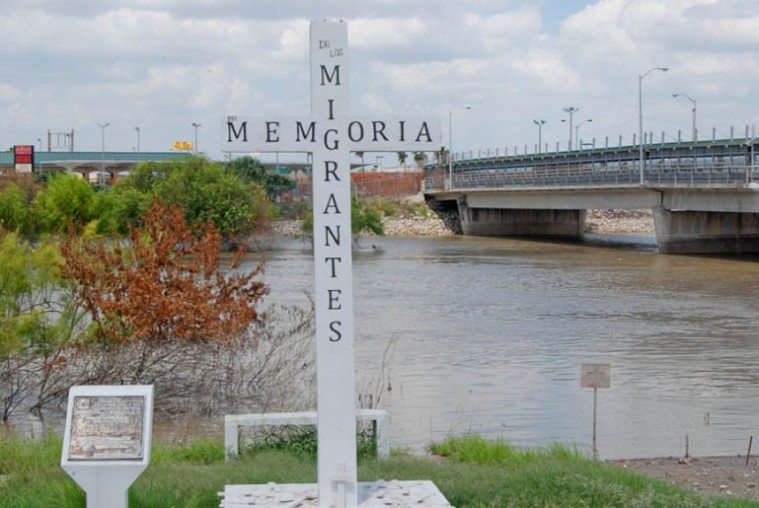The Cartel Role in Booming Migration Through the Rio Grande Valley


Last year, nearly every region along the U.S.-Mexico border saw a decline in migrant apprehensions—except the Rio Grande Valley. Apprehensions there increased 70 percent, according to a recent report by the Washington Office on Latin America.
But the increase isn’t about Mexican migration. For the first time in history, non-Mexicans made up the majority of the migrants apprehended in the Rio Grande Valley, according to WOLA. Approximately 49,939 out of 97,762 migrants apprehended in the region in 2012 were Central American—primarily from Honduras, Guatemala and El Salvador, according to statistics released by U.S. Customs and Border Protection this week.
It seems counterintuitive to see a surge in migration through one of the deadliest routes in Mexico. But the explanation may be partially rooted in cartel control of the booming human trafficking business.
The Rio Grande Valley borders the Mexican state of Tamaulipas where 72 migrants were massacred in 2010 and another 193 bodies were found in 2011 in several mass graves near the town of San Fernando. The region has such a fearsome reputation among migrants that detainees in a New Mexico immigrant detention facility begged U.S. officials to deport them anywhere but Tamaulipas.
Maureen Meyer, a senior associate at WOLA and an author of the report, said that poverty and increasing levels of violence are pushing many Central Americans to make the dangerous trek. It’s also the shortest route from Central America to the United States, she pointed out. “The fear of what might happen to them in Mexico is not enough to deter anybody,” Meyer said. “They know the risks but they feel there’s no other option and it’s horrible, but it’s a risk they are willing to take.”
I’ve written before about the surge in unaccompanied minors from Central America which left government agencies and nonprofits scrambling last summer to find beds and resources in Texas for the children. People working with these children also pointed out that rampant insecurity and poverty were compelling many of the kids to come to the United States.
I still wonder, however, whether the growing business of human trafficking also has something to do with the uptick. In a November report from Insight Crime, analyst Steven Dudley writes about the the new landscape of human trafficking, which now involves street gangs, transnational organized crime groups, corrupt officials and independent smugglers.
Trafficking migrants has become big business for organized crime. The feared Zetas cartel largely control this dangerous and lucrative route from Central America to the Rio Grande Valley. “They have remained faithful to their central mission,” Dudley writes. “To control the territory where they charge a fee to organized crime groups and increasingly to legal businesses.”
Smugglers must pay $500 per migrant to the Zetas just to pass through the Texas border area, according to WOLA. This was what the Gulf Cartel was charging per migrant, I was told in 2010, for the right to cross the Rio Grande into Texas. These cartels shoulder none of the overhead or risk of moving and storing contraband—all they have to do is collect their money for each migrant who passes through their territory.
If human smuggling has become so valuable to organized crime, it makes sense that they might invest in recruiters in Central America to help convince migrants to take the perilous journey. Organized crime is now trafficking in hope, and the market is endless.


